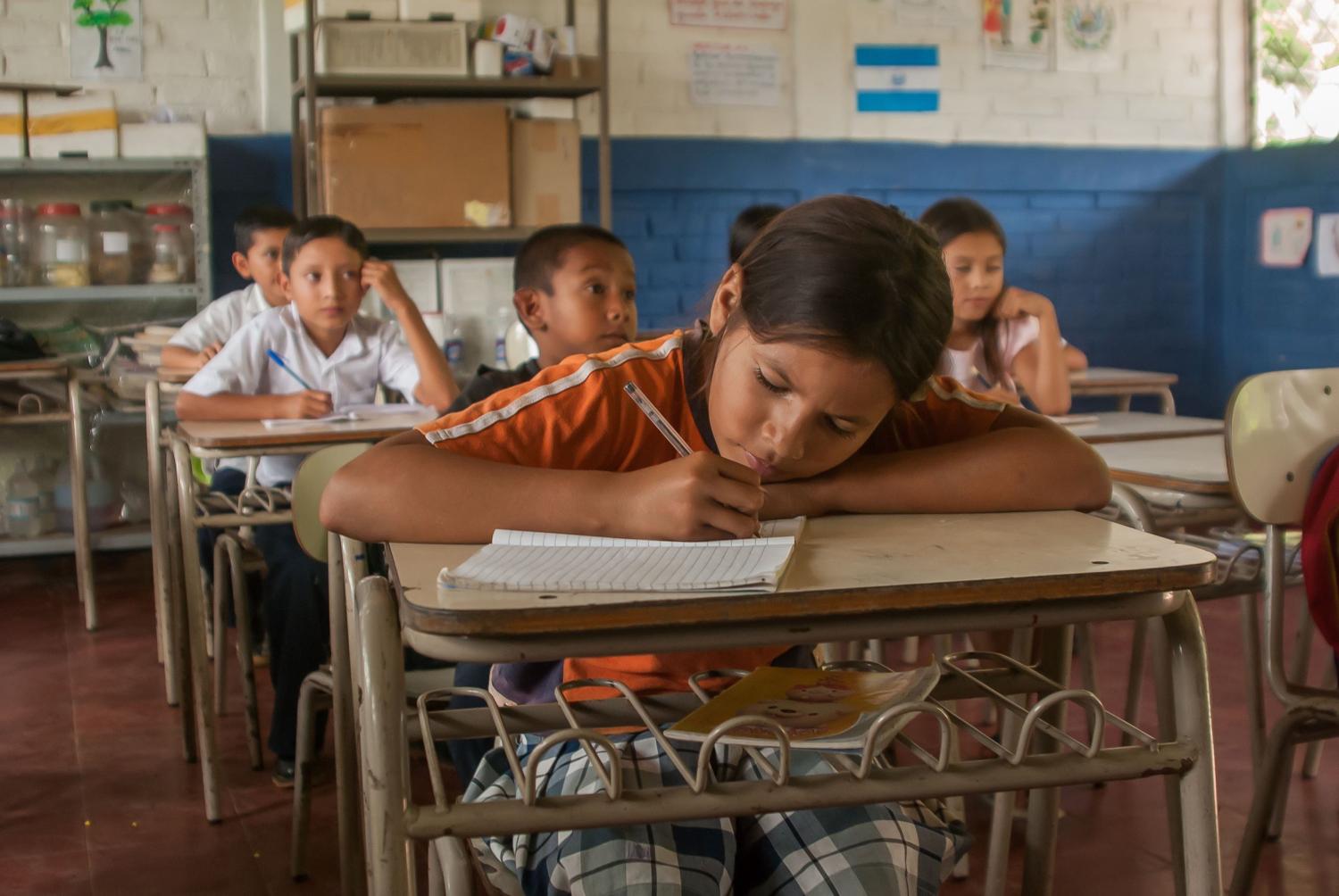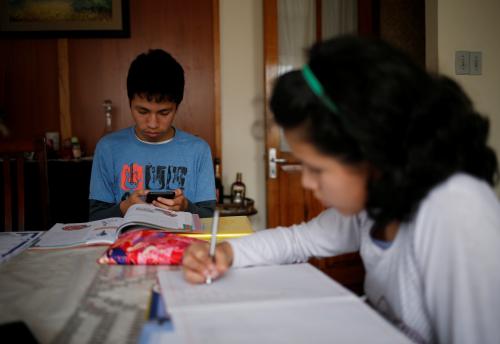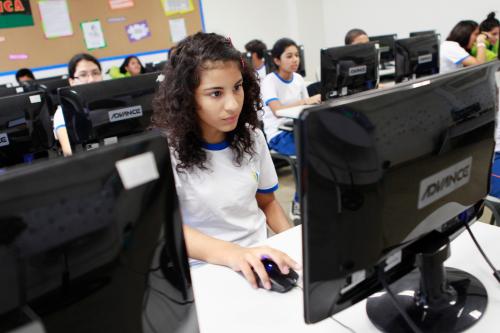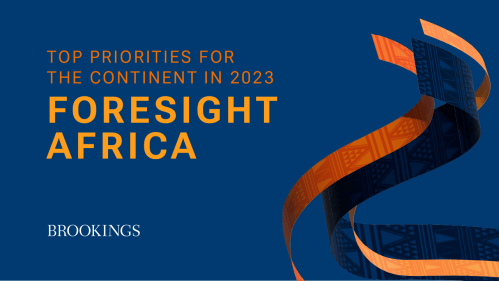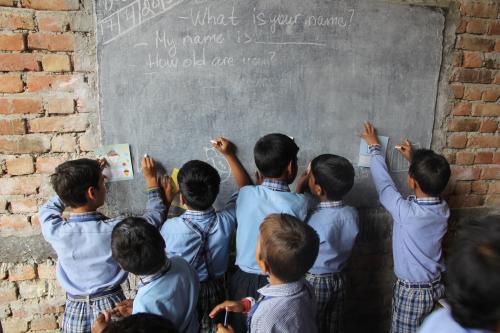Among education economists, there has been a long-standing debate around whether and to what extent money matters to improve student outcomes. The source of the debate comes from data showing weak correlations between per-student expenditures and learning outcomes. The data suggest that there is a wide range of student performance at almost each level of per-pupil spending (see Figure 1 related to math expenditures).
Figure 1. Relationship between education expenditures and student learning Source: Vegas and Coffin, 2015.
Source: Vegas and Coffin, 2015.
Yet, anyone who has visited low-resourced schools, whether in sub-Saharan Africa, South Asia, Latin America, or even in disadvantaged communities across developed countries, has to question whether money does not matter. And previous research has shown that when education systems are grouped into high spenders and low spenders, we can identify a cutoff point below which more education spending, indeed, is related to higher student learning. For example, Vegas and Coffin (2015) find a statistically significant correlation between per pupil expenditure and student achievement among countries that spend less than US $8,000 in purchasing parity prices (Figure 2).
Figure 2. Relationship between education expenditure and student learning, for low- and high-spending countries Source: Vegas and Coffin, 2015.
Source: Vegas and Coffin, 2015.
Using rich panel data from the U.S., researchers have documented that children living in school districts that invested more had better learning outcomes, which led to better outcomes later in life (Jackson, Johnson, and Persico, 2015).
While the question of whether increasing investments in education can improve student outcomes has largely been answered, how best to allocate funding to educational administrations and institutions to enhance learning and reduce learning gaps remains unclear. Yet, improving how financial resources are allocated throughout the education system is important to jumpstart the stagnant progress in student learning across much of the world, especially in Latin America and other developing regions. Previous research from school finance reforms in Chile found that when the per-student funding formula was modified to account for variation in student demographic characteristics (providing more resources to students from disadvantaged backgrounds) and to hold educational institutions accountable for student learning (as opposed to only enrollment and attendance), student learning improved and gaps in student learning by socioeconomic background declined (Murnane and others, 2017).
Colombia provides a useful case to analyze the impact of changes in school finance policies. During the last decade, the country introduced important in fiscal transfers from the national government to subnational entities aimed at improving access to quality education. In this policy brief, I synthesize the results of a recent analysis of these reforms and their impact on student outcomes. To do this, I first provide a brief background on the country’s school finance system and how it evolved over time. Then, I analyze the relationship between levels of funding and learning outcomes during the years 2002-2021. Third, I examine changes in the funding formula granted by the national government to subnational entities to better understand the impact of these reforms on average student learning and on learning gaps. In the last section, I discuss the findings and policy implications.
During the past decades, student learning in Colombia has remained stagnant, while learning gaps have grown. I reviewed in detail the changes to the school financing formulas used to transfer resources from the national government to subnational entities and found that criteria aimed at improving the quality and equity of education have in general been absent. My findings suggest that there is a weak relationship among financial resources, fiscal management capacity, and student learning in Colombia. I find small but statistically significant effects on student learning outcomes of fiscal transfers and on improvements in the fiscal management capacity of subnational entities.
My analysis of the impact of the 2015 change in the General Participations System (GSP) formula indicates that the change led to a short-term rise in in average student learning over time, but thereafter average learning declined. Perhaps more troubling, I find that the reform led to an increase in learning inequality between high- and low-performing students. I conclude with some policy options for Colombia to revise how it allocates resources to the education system, with the goal of building on evidence to raise the impact of fiscal transfers on student learning and reduce learning inequality.

